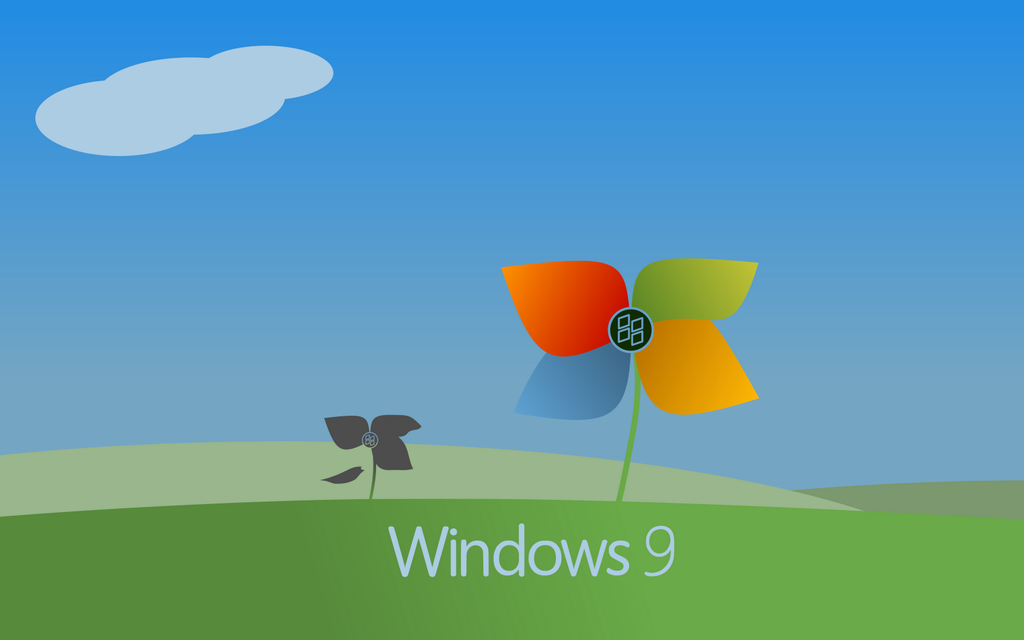Small Business
Bonnie Tyler and Windows 9
The most perfect definition of the Windows operating system in 2014 is less a Shakespearean sonnet than the immortal words of Bonnie Tyler:
Feb. 11, 2014

The most perfect definition of the Windows operating system in 2014 is less a Shakespearean sonnet than the immortal words of Bonnie Tyler:
“It's a heartache. Nothing but a heartache. Hits you when it's too late. Hits you when you're down.”
Pundits will tell you that Windows is an every-other-release kind of success. Windows 3.0 was a dog, but Windows 3.1 cracked the world of peer-to-peer networking. Windows 95 was a bit mediocre, but was vastly enhanced by Windows 98. Windows ME was…and still is…missing in action. The cruise continues down through Windows XP, Vista, Windows 7 and now on to the disastrous Windows 8.
I suppose that under this schema, the new and updated Windows 8.1 should be more successful, but it is buggy and fixes little if anything from the original. The start button is still gone. The easy navigation is still gone. And the “Metro” interface (which Microsoft is desperately trying to re-brand as something else) is still with us.
And Bonnie Tyler is still whispering to me, “It's a fool's game. Nothing but a fool’s game. Standing in the cold rain.
Feeling like a clown.”
Understand, I am no great fan of the McIntosh/Apple operating systems. They seem to me to be as interesting as a kiss from my grandmother. Sweet, and stable, and totally lacking in pizazz. On the other hand, it is clear that Microsoft is going to have to go a long way to woo consumers and professionals back into the fold after their experience with Windows 8.
Which brings us to the impending release of Windows 9. Word is that Microsoft is desperate to distance itself from the fiasco of Windows 8, and is willing to actually listen to users and give them what they want. But before we swallow that Kool-Aid, let’s take a moment to look at what is being written about this “new” operating system.
Originally called “Threshold,” Windows 9 is purported to sport a new, even trendier “Metro 2” interface. Ouch! While there are rumors that the old “start” button may come back, that is unverified. Also not verified is the idea that it will sport the familiar old desktop. What little we do know is that Microsoft has leaked April 15 as the release date for the new operating system.
Here’s to hoping consumers file their taxes before they upgrade.
And we do know that this will be the second time that Microsoft has been forced to admit that the emperor isn’t wearing any clothes when it comes to knowing what consumers want. First with Windows Vista, an operating system so busy trying to fix security holes that it never had a decent chance to catch fire with the public or with corporations. Then with Windows 8, which was Microsoft’s effort to leap ahead of the marketplace and compete more directly with Google.
Okay, in truth, the number of times the guys in Redmond have totally blown a major opportunity in the computing marketplace are legion, from MSN to WebTV to Bing. But that is fodder for another post on another day.
One thing is true – Windows 8 proved a bonanza for IT consultants and departments. They were so busy trying get the darned thing to work for small businesses and their organizations that the money flowed freely. And it will get worse before it gets better – Microsoft has already announced that it will release a Windows 8.1 Service Pack 1 (aka Windows 8.2) before Windows 9. It may not fix anything, particularly the nagging issue of poor Wifi management in Windows 8.1.
But it will have a sexy name, and rumors will swirl that it, too, will bring back the fabled start button and user interface from Windows 7. I, for one, will keep singing Bonnie Tyler’s anthem.
I actually have high hopes for Windows 9, but have some doubts that they can pull it together in the next 10 weeks when major details remain unsettled. And in the background to this all, Microsoft is struggling through yet another major change in management.
After a five-month search, Microsoft has selected its own Indian-born executive Satya Nadella to become the third CEO in the company’s history. Considered a safe and somewhat conservative pick, Nadella is currently the head of Microsoft’s cloud computing division and enterprise business.
A new operating system rushed to market under the guidance of a new and untried CEO, that may or may not have any of the features consumers are looking for.
What could possibly go wrong?
